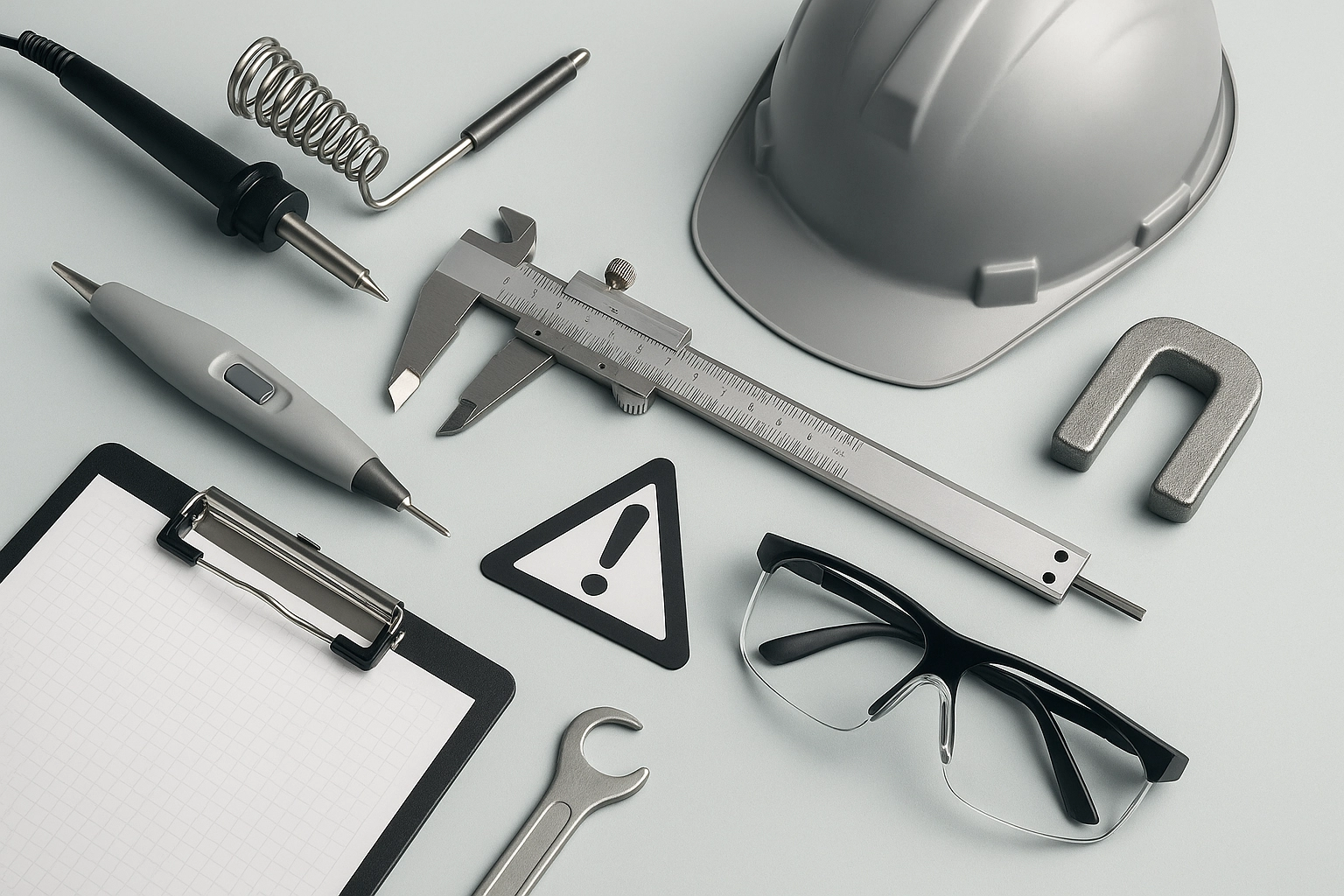ISO 8124-1 Mechanical and Physical Safety Testing
The ISO 8124 series of standards is a crucial set of guidelines designed to ensure that toys are safe for use by children. Specifically, ISO 8124-1:2019 focuses on mechanical and physical properties of toys, ensuring they do not pose any risks from sharp edges, points, small parts, or other potential hazards. This standard is essential for toy manufacturers who aim to comply with international safety regulations.
The test aims to cover a wide range of scenarios that children might encounter while playing with toys. For instance, it includes tests on the durability and stability of toys, ensuring they do not break into small parts which could be ingested by young children. This is particularly critical given that many toy-related injuries are caused by sharp edges or small detachable parts.
The standard covers various aspects such as:
- Testing for sharp edges and points
- Evaluating the stability of toys when placed on a surface
- Ensuring that toys do not have any small parts that could be swallowed by children
- Checking the strength of toy components to prevent them from breaking into smaller, potentially dangerous pieces
The testing process is designed to mimic real-world conditions and behaviors. For example, a stability test may involve placing a toy on various surfaces such as carpet or wood to see if it remains upright under typical use.
Compliance with ISO 8124-1 not only helps manufacturers avoid potential legal issues but also enhances the reputation of their products in the market. By ensuring that toys meet these safety standards, companies can gain a competitive edge and build trust among consumers.
Scope and Methodology
| Test Parameter | Description | Methodology |
|---|---|---|
| Sharp edges and points | The toy should not have any edges or points that could pierce the skin. | A specified tool is used to measure the length of any potential sharp edges. Points are checked using a calibrated needle. |
| Small parts | No small detachable parts smaller than 10 mm x 10 mm should be present in toys intended for children under three years old. | The toy is subjected to a force of 5 N and any parts that can pass through a standard ring are considered dangerous. |
| Stability on inclined plane | Toys should remain stable when placed at an angle of 20° from the horizontal. | The toy is placed on an inclined plane with a specified angle. If it remains upright for one second, it passes this test. |
| Impact resistance | Components of the toy should withstand a drop test without breaking into small parts. | The toy or its components are dropped from a specific height onto a hard surface to assess their durability. |
The testing process is rigorous and involves multiple stages. After initial inspection, toys undergo various mechanical tests such as the drop test to ensure that no small parts detach during use. Additionally, sharp edge detection tools are used to identify any potential hazards. The final stage includes a review of documentation to confirm compliance with all relevant sections.
The testing process is not only about identifying potential hazards but also about ensuring that toys meet the highest standards for safety and quality. This comprehensive approach helps manufacturers produce toys that are enjoyable yet safe, contributing significantly to children's well-being.
Why Choose This Test
The ISO 8124-1 test is a vital component of any toy manufacturer’s compliance strategy. By adhering to this standard, companies can:
- Avoid Legal Issues: Non-compliance with safety standards can lead to product recalls and legal action.
- Increase Consumer Trust: Compliance enhances the reputation of a brand and builds trust among parents and guardians.
- Promote Safety: By ensuring toys do not pose any mechanical or physical risks, manufacturers contribute to safer play environments for children.
- Gain Market Access: Many countries require toys to meet ISO 8124-1 standards before they can be sold in those markets.
In an increasingly globalized market, compliance with international standards like ISO 8124-1 is not just a legal requirement but also a strategic decision that supports long-term business growth. It ensures that toys meet the expectations of quality managers and compliance officers while aligning with broader R&D initiatives.
International Acceptance and Recognition
The ISO 8124-1 standard is widely accepted and recognized across numerous countries, ensuring a consistent level of safety for toys. Here are some key countries where this standard is mandatory:
- United States: While not strictly mandated by law, many retailers require compliance with ISO standards.
- European Union: EU regulations encourage the use of ISO standards for toy safety.
- China: Chinese authorities recommend that toy manufacturers adhere to this standard.
- Australia and New Zealand: The Toy Industry Association of Australia supports compliance with ISO 8124-1.
- Japan: Japanese safety standards often align closely with those in the ISO series, including ISO 8124-1.
The widespread adoption of this standard highlights its importance in global trade and consumer protection. Compliance not only ensures that toys meet international safety requirements but also facilitates easier entry into diverse markets without additional hurdles or delays.





